jstuedle
No longer a newbie, moving up!
- Joined
- Jun 30, 2005
- Messages
- 4,889
- Reaction score
- 15
- Location
- S.E. Indiana
- Website
- www.picture-daddy.com
- Can others edit my Photos
- Photos NOT OK to edit
Nikon made a MF F/1.2 58mm nocto that was stunning. It's been out of production a very long time and it's now really a collectible big hunk of glass. It was engineered to be it's sharpest wide open. It really was only average at f/8, but wide open it was super. The crop of other SLR big aperture lenses don't compete at all with it or the older rangefinder super large aperture lenses.



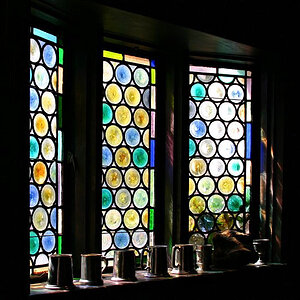
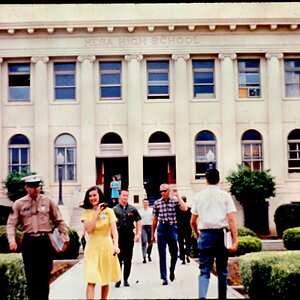

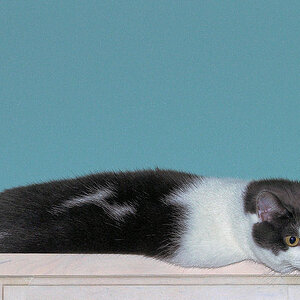
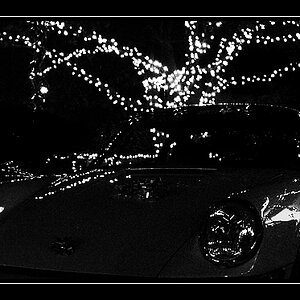
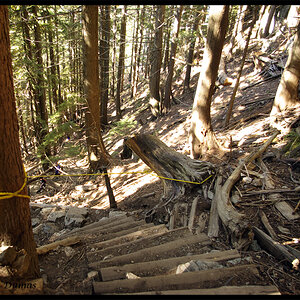
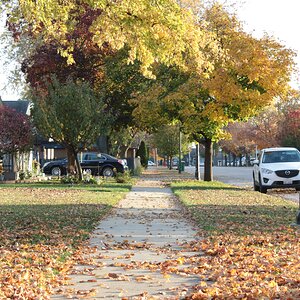
![[No title]](/data/xfmg/thumbnail/42/42257-4c4b35d60337b1b4ec661332486a33be.jpg?1619740066)
![[No title]](/data/xfmg/thumbnail/41/41786-0de67cacf7270937b4833f67d003f9c2.jpg?1619739891)
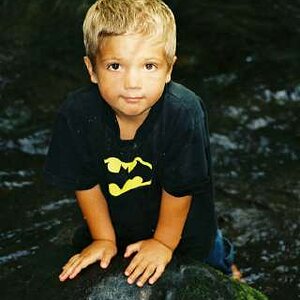
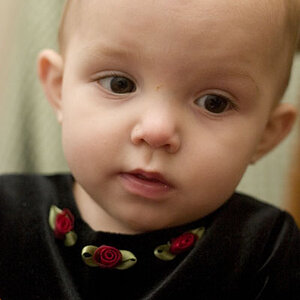
![[No title]](/data/xfmg/thumbnail/41/41935-851da2b46dc9cbb829c8c42b2aa84873.jpg?1619739947)